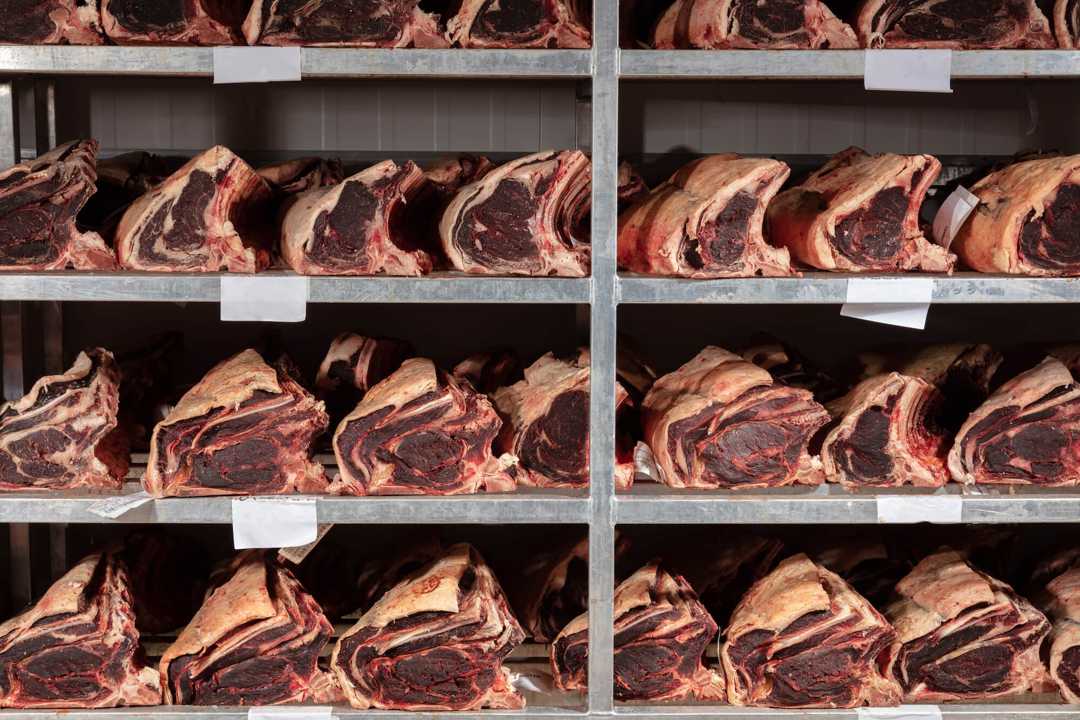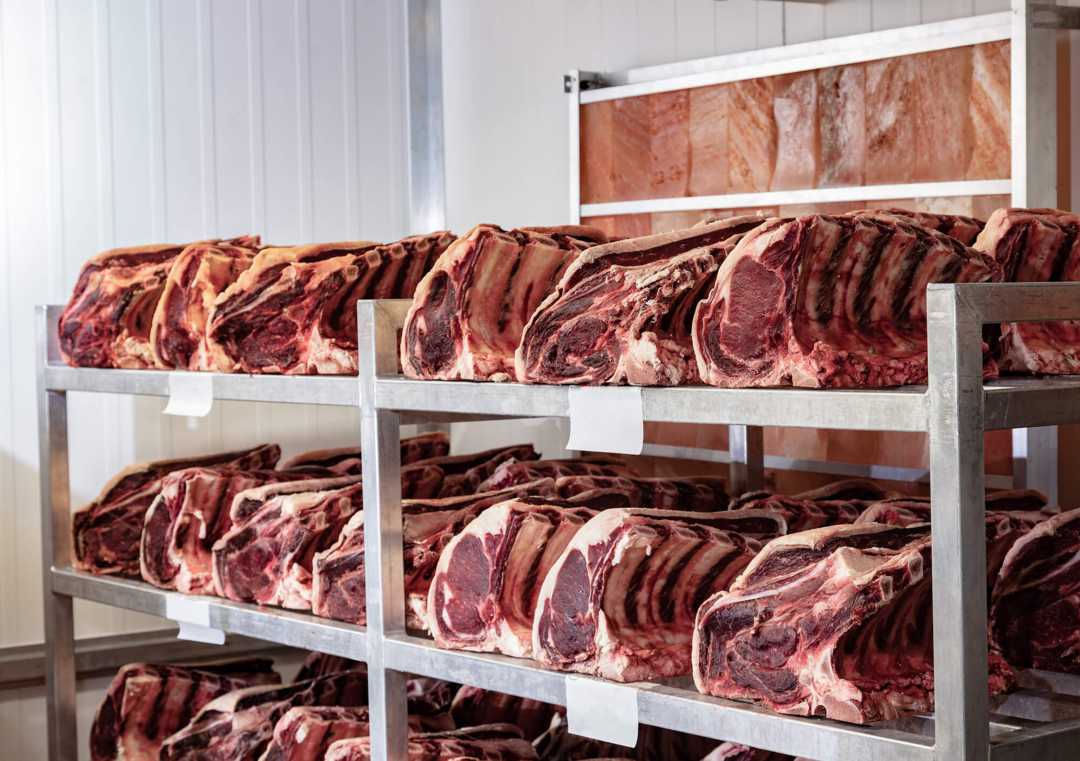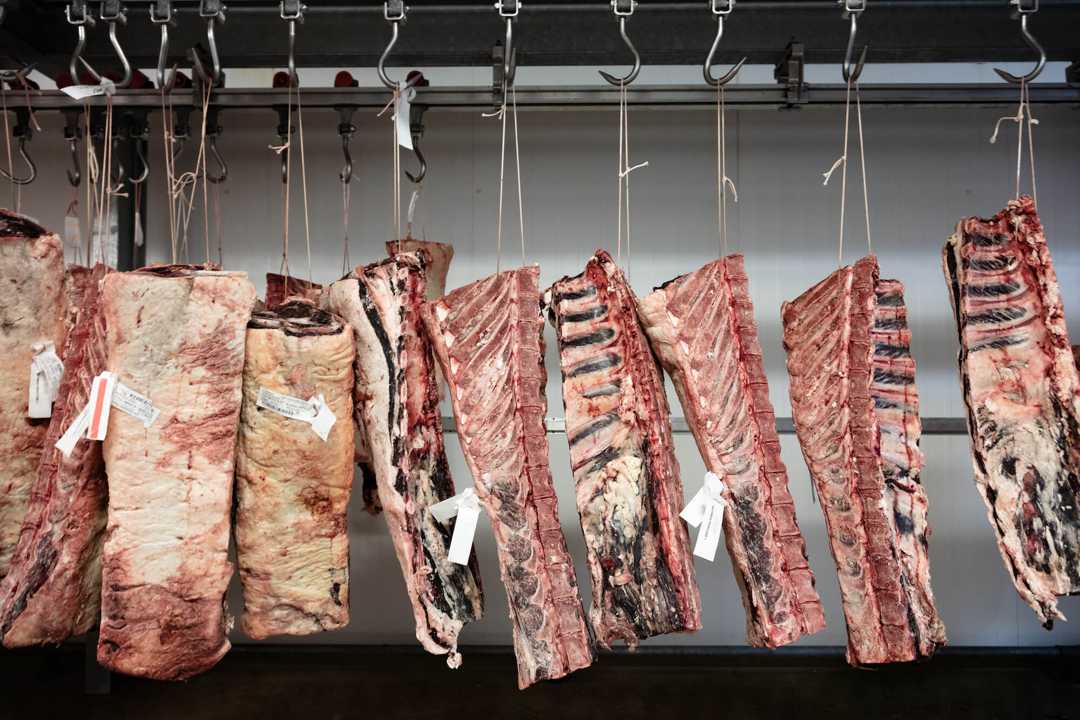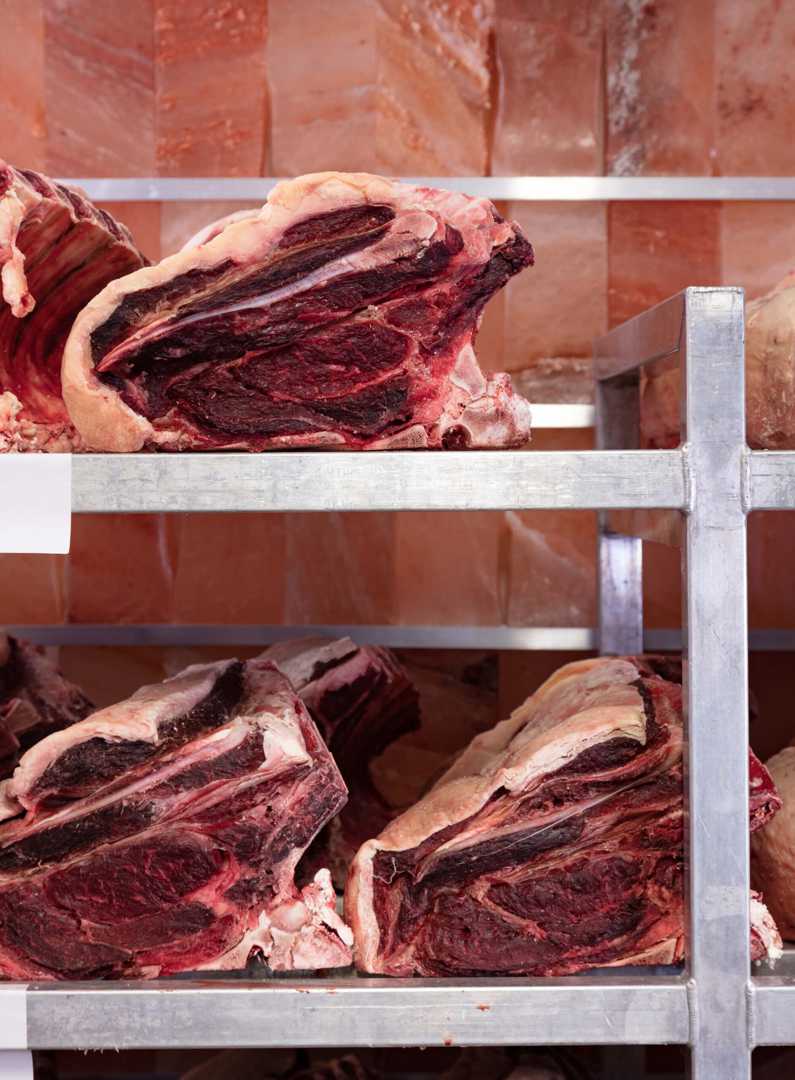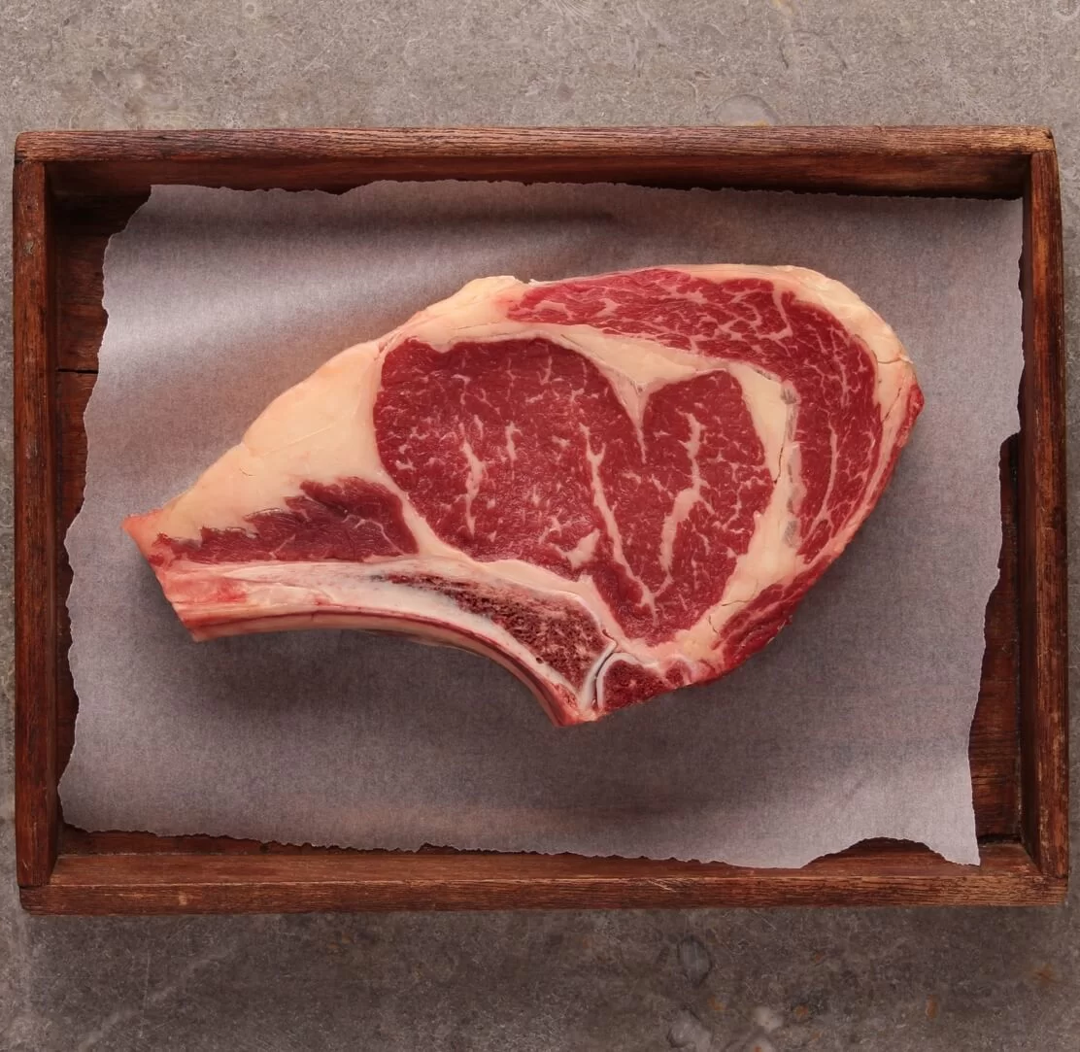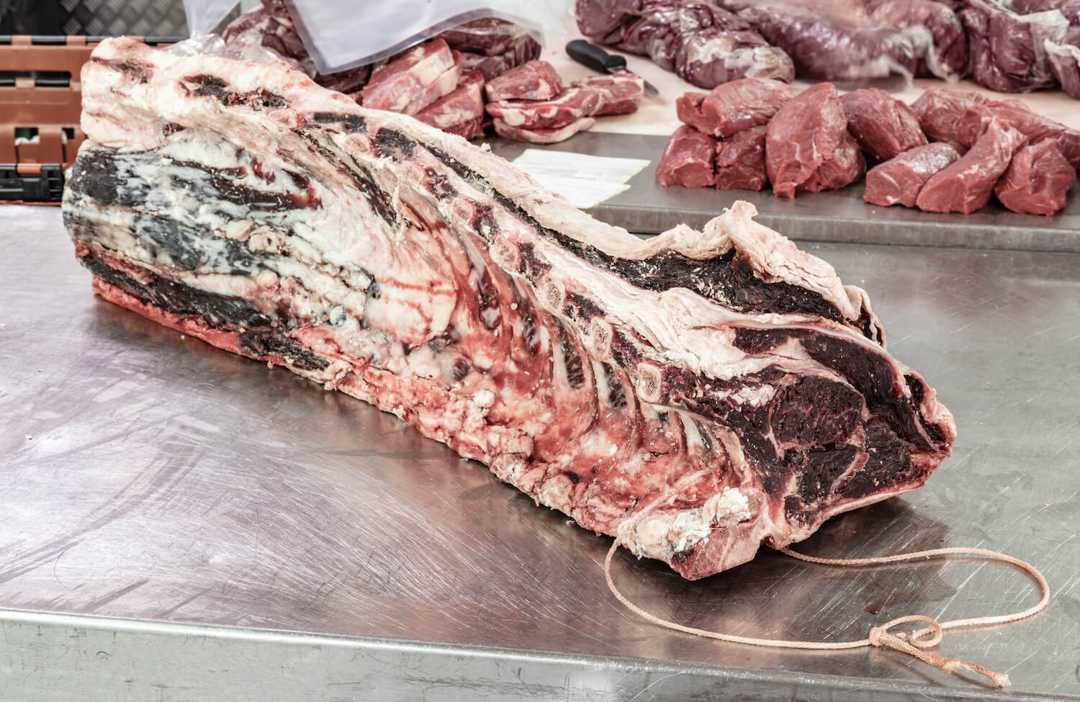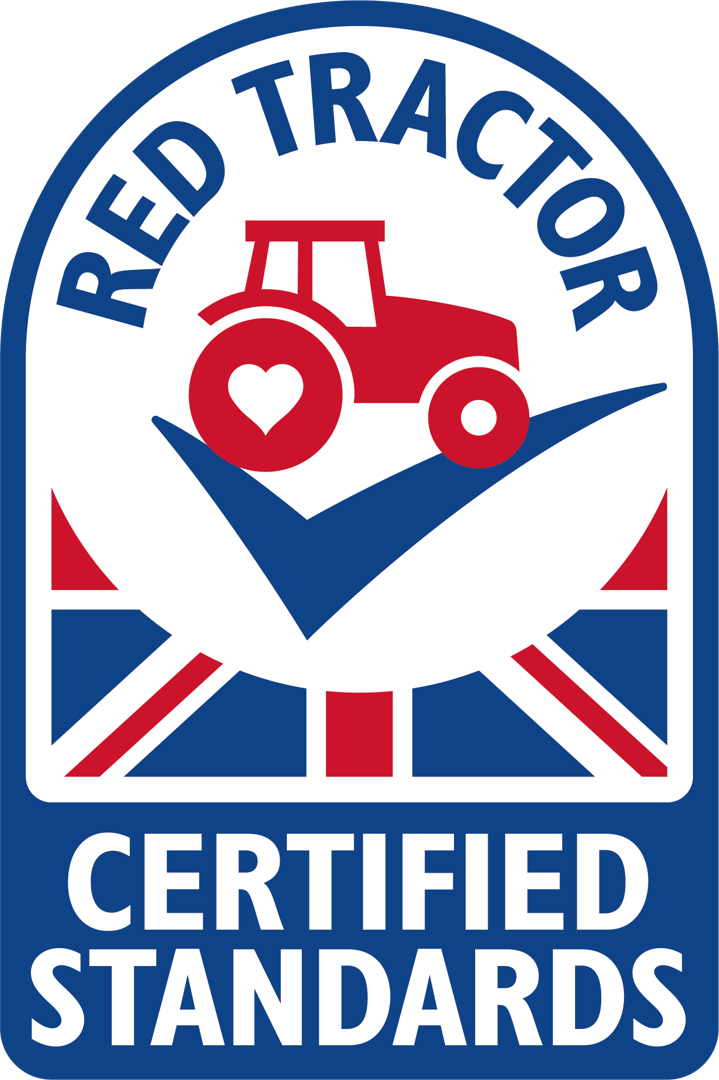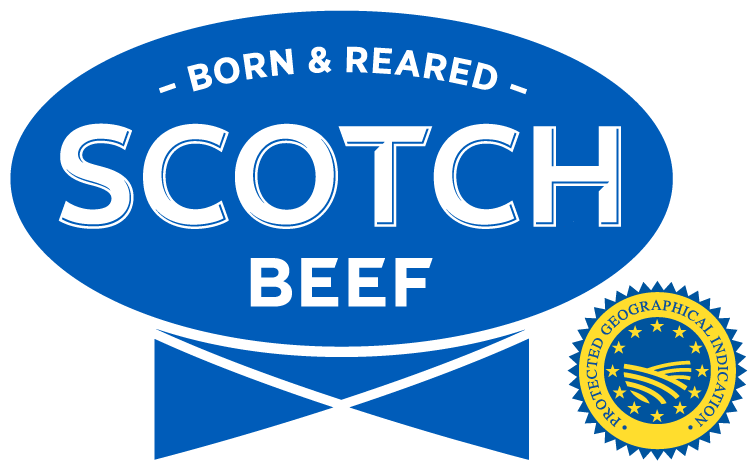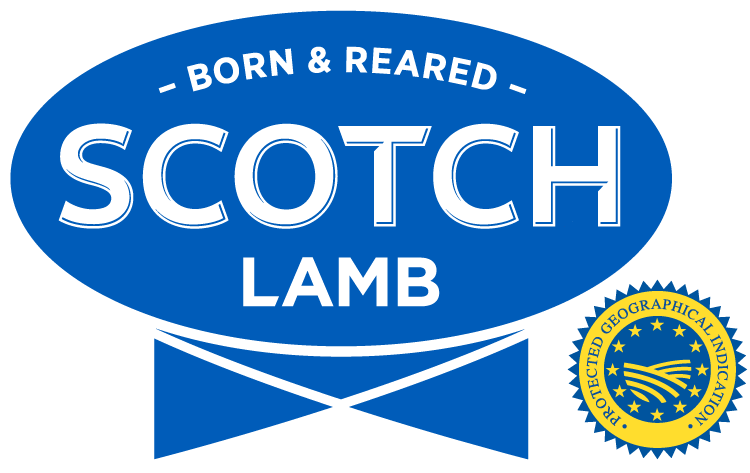Comparing dry aged and wet aged meat
Most people know that aged beef is best, but what are the differences in the ageing processes?
The wet and dry ageing process, in principle, works in the same way; breaking down protein strands by natural enzymes. The key differences with the two processes being:
Dry ageing improves the depth of flavour as the meat is open to the elements, drying and sealing the exterior surfaces of the meat. The longer the meat is aged for, the more weight is lost, this is for two reasons; moisture loss and enhanced trimming of dry tissue – which, therefore, impacts on the cost of the meat.
Wet ageing has vacuum packing and plastic membrane protecting the meat from external elements so the surface of the meat is less affected. Wet aged meat requires less trimming compared to dry aged, therefore, is generally more cost effective.
Consumers tastes differ, those preferring a stronger depth of flavour to their beef would tend to default to dry aged and pay the premium; in this instance the meat speaks for itself, requiring very few additional ingredients.
Wet aged beef allows the original flavour profile to come through and is suited to those preferring a more subtle flavour. It also pairs well with dishes incorporating other ingredients, allowing all flavours to come through without being overpowered by the deeper, aged flavour found with the dry age product.
We cater for all requirements, with in-house dry ageing and wet ageing facilities. Please contact our team to discuss and let us tailor product to suit your needs.

